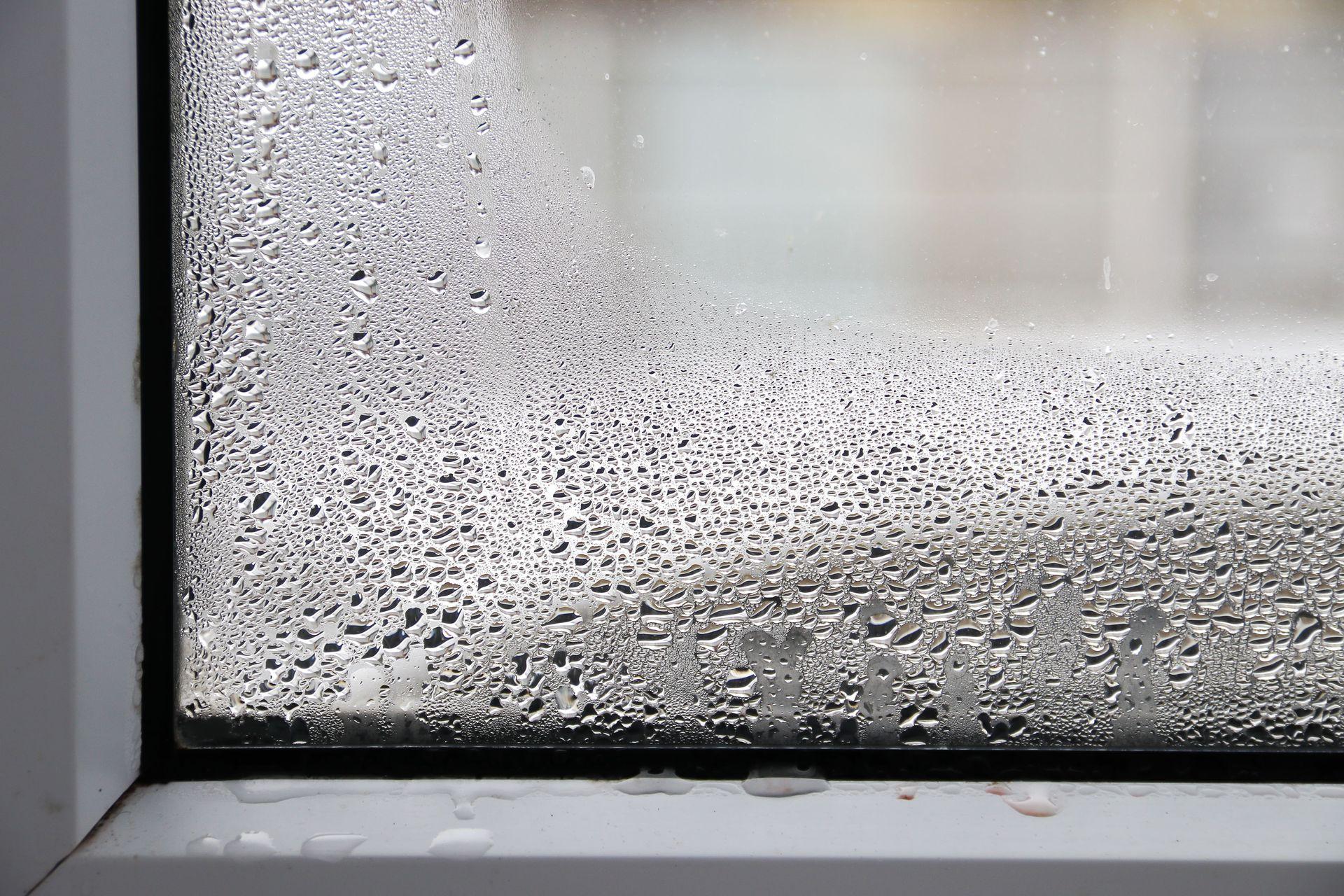 Add My Company
Add My Company

Interested in learning how to stop condensation on your caravan windows? Condensation is a common issue that can be both annoying and potentially damaging to your vehicles interior. Keeping your caravan dry is essential for ensuring a comfortable living environment and preventing costly damp related repairs.
To understand how to minimise condensation related problems, we discuss what causes condensation and problems that may occur if left untreated. We will also provide you with a comprehensive overview of several effective methods for stopping condensation on your caravan windows.
What Causes Condensation?
Before we discuss how to prevent this issue, it is important to understand what causes condensation. Condensation on caravan windows primarily occurs when warm moist air inside the van meets the colder surface of the windows. This usually happens where the interior of the caravan is heated or contains a lot of moisture and the exterior outdoor temperature is significantly lower.
Common activities inside the caravan, such as cooking, using a kettle and breathing, release moisture into the air. When this humid air comes into contact with the cooler glass of the windows, it cools down and reaches its dew point. At this point, the air can no longer hold all its moisture resulting in water droplets forming on the windows. This is what is known as condensation. The discrepancy in internal and external temperatures, coupled with high humidity levels inside the caravan is what leads to this common issue.

What Happens if Condensation is Left Untreated?
If condensation in caravans is left untreated, it can lead to a host of problems that not only damage the vehicle but also create an uncomfortable living environment. Persistent moisture from condensation can cause mold and mildew to develop which thrives in damp conditions and can spread quickly on walls, ceilings and around window frames. Not only are mold and mildew unsightly but they pose health risks, particularly for those with allergies, asthma or respiratory issues.
Untreated condensation can lead to structural issues with damp-related wood rot. Moisture can seep into wooden panels through poorly sealed gaps around the frame and window seals. This will cause the wooden walls to deteriorate and weaken resulting in costly repairs that may significantly reduce the lifespan and resale value of the caravan.
The dampness can also damage fabrics, upholstery and other interior fittings, leading to unpleasant odors and a decline in the overall aesthetic and comfort of the caravan.
How Do I Prevent Condensation on Caravan Windows?
Preventing and addressing condensation promptly is essential to maintain the structural integrity, appearance and comfort of a caravan. This includes ensuring adequate ventilation, controlling humidity levels and using dehumidifiers or moisture absorbers to keep the environment dry. Regular maintenance and checks for signs of moisture build-up are also essential for mitigating the long-term effects of untreated condensation.
Improve Ventilation
One of the most effective ways to reduce condensation is by improving the airflow inside your caravan. Keep a window, door or skylight slightly open, especially during the night or when cooking, will allow moist air to escape and dry air to enter.
Wipe Down Your Windows
Wiping down your windows with a dry cloth or kitchen roll regularly can prevent water from accumulating and causing problems like mold or mildew around the window frame. Using a handheld window vac will also help remove the condensation from the window, whilst trapping it in a container than can be emptied outside or down the sink.
Change Living Habits
When it comes to reducing condensation, it is not uncommon for small changes in living habits to make the biggest difference. Drying your clothes inside your caravan significantly increases humidity. Wherever possible, it is recommended that you dry your clothes outside or in well-ventilated areas. Leaving wet clothes outside in the winter for two hours before bringing them into your caravan to finish drying contributes towards minimising air humidity.
Cooking also produces a lot of steam. Using lids on pans when boiling water can help contain moisture, preventing it from entering the room and settling on your windows. Using an extractor fan can also help extract the moisture outside.
Use a Dehumidifier or Moisture Trap
A dehumidifier can significantly reduce the moisture level inside your caravan by extracting excess moisture from the air. It works by drawing humid air into the unit, cooling it down to separate the water from the air and then reheating the dry air before releasing it back into the room. This process lowers the overall humidity minimising the likelihood of condensation on surfaces like windows and walls.
Moisture traps can also be used to remove moisture from the air. They consist of small containers filled with moisture absorbent crystals. Available from most hardware stores, they are a cost effective solution for reducing air moisture.
Insulate Your Caravan
Proper insulation helps maintain a consistent temperature inside the caravan, reducing the likelihood of condensation. Pay special attention to insulating the windows as these areas are the primary sites for condensation. Damaged or over-compressed window seals can create gaps that allow colder air to enter the room. Replacing these seals when they start to deteriorate is essential for minimising gaps and insulating these areas.
Use Window Covers
Thermal window covers act as an insulator that helps keep the inside temperature of the glass closer to the interior temperature of your caravan. These covers can be custom-made or purchased from the original manufacturer to fit your caravan windows.
Care For Your Caravan With Seals Direct
Managing condensation in your caravan requires a combination of good practices and the right equipment. By improving ventilation, using dehumidifiers and ensuring proper insulation, you can significantly reduce the impact of condensation and enjoy a more comfortable living environment inside your caravan. Prevention is always better than cure so take proactive steps to manage humidity and airflow.
As explored above, maintaining the rubber seals on your caravan is essential for minimising the chance of water ingress and damp cold air entering your van. Replacing parts such as your caravan and motorhome window seals when they begin to deteriorate will help minimise these issues and reduce the chance of costing damp repairs.
If you would like to find out more about changing the seals on your caravan or motorhome, or learn about other ways of reducing condensation on your windows, please feel free to contact the knowledgeable team here at Seals Direct.
Alternatively, you can give us a call on 01425 617722 or submit an enquiry to sales@sealsplusdirect.co.uk.
For more information on How Do You Stop Condensation on Caravan Windows? talk to Seals Direct Ltd

